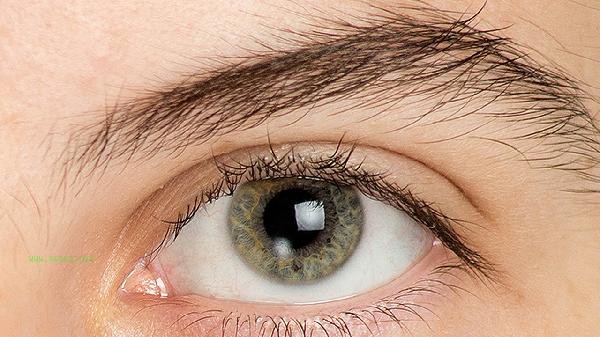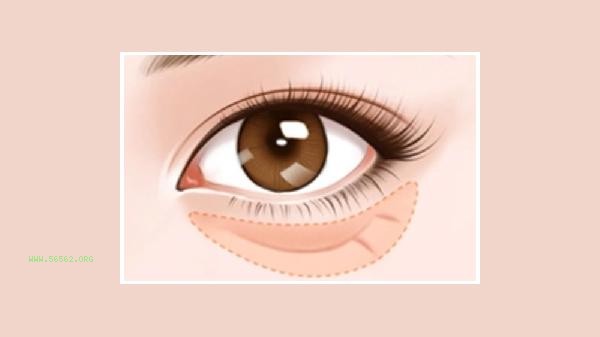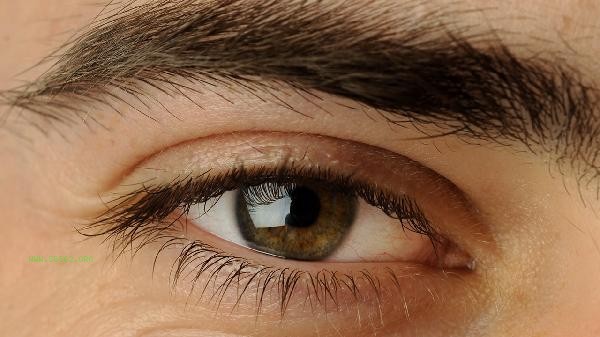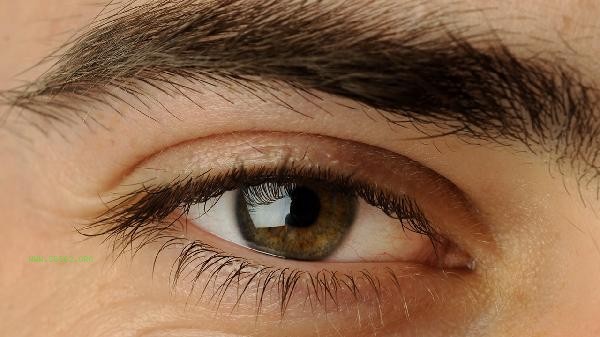HPV vaccine is usually recommended for vaccination, which can effectively prevent human papillomavirus infection and related diseases. The necessity of vaccination mainly depends on factors such as age, sexual activity, past infection history, immune function status, and vaccine coverage subtypes.
1. Age factor
The World Health Organization recommends women aged 9-14 as the primary vaccination population, as they produce higher levels of antibodies during this stage of vaccination. People under 26 years old who are not infected with HPV have the best vaccination effect, and women under 45 years old can still benefit after evaluation. Male vaccination can prevent genital warts and oropharyngeal cancer, and it is recommended to vaccinate under the age of 26.
2. Impact on Sexual Behavior
Vaccination before sexual activity can achieve the maximum protective effect. It is still recommended to vaccinate those who have already had sexual intercourse, as they may not have been exposed to all subtypes covered by the vaccine. Multiple sexual partners or sexually active individuals have a higher risk of infection and require greater vaccine protection.
3. Evaluation of Infection History
After previous infection with a certain type of HPV, the vaccine can still prevent other uninfected subtypes. But vaccines have no therapeutic effect on infected subtypes. Vaccination after the cure of cervical lesions can reduce the risk of recurrence, and decisions should be made based on the advice of a doctor.
4. Immune Function
Individuals with HIV infection, organ transplant recipients, and other immunocompromised individuals are more prone to persistent HPV infection, and the protective effect may decrease after vaccination, but vaccination is still recommended. Patients with autoimmune diseases need to assess the stability of their condition before vaccination.
5. Vaccine subtypes
bivalent vaccines prevent high-risk HPV types 16/18, quadrivalent vaccines increase protection against low-risk HPV types 6/11, and nonavalent vaccines cover 7 high-risk types and 2 low-risk types. The selection of vaccines should consider the local epidemic subtypes and individual economic affordability. Regular cervical cancer screening is still necessary after receiving the HPV vaccine, as the vaccine does not cover all high-risk subtypes. Maintain good reproductive hygiene habits and avoid risk factors such as smoking. Common adverse reactions of vaccination include pain at the injection site, low-grade fever, etc., which usually resolve on their own within 2-3 days. Pregnant women are advised to complete the vaccination procedure before getting pregnant, and vaccination should be postponed during pregnancy. If severe allergic reactions occur after vaccination, seek medical attention promptly.








Comments (0)
Leave a Comment
No comments yet
Be the first to share your thoughts!